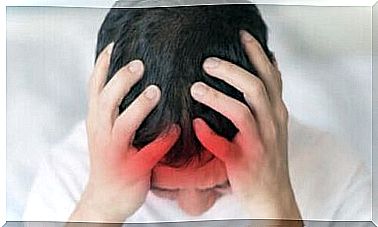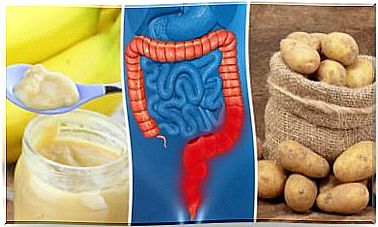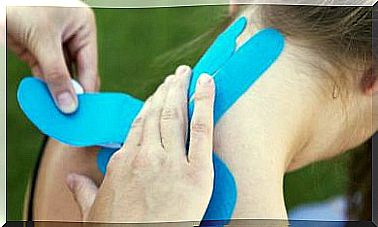Stereotypical Movement Disorders (SMD)

According to the diagnostic criteria of the DSM-5, stereotyped movement disorders involve repetitive, non-functional behaviors. This disorder can interfere with the social and academic activities of the child suffering from it.
Typically, stereotyped movement disorder is diagnosed at an early age, which means it can be treated as early as possible.
Causes of stereotyped movement disorders (SMD)
Often, the causes of stereotyped movement disorders are unclear. In fact, specialists sometimes confuse it with other disorders.
However, some possible causes may shed light on the causes of stereotyped movement disorder:
Physiological effects of substances
First of all, certain medications, such as amphetamines, can cause the same behavior that a patient with stereotyped movement disorder exhibits.
Unfortunately, children whose parents use drugs have easy access to them. In these cases, however, the symptoms tend to disappear on their own. (This is unless they still have exposure to the drug).
Also read: What are antimicrobials?
Related disorders
Lesch-Nyhan syndrome (LNS) may also present some of the symptoms of stereotyped movement disorder. It can also manifest itself if the child suffers from mental retardation or has a head injury.
The problem with this disorder is that it can be confused with autism, obsessive-compulsive disorder or Tourette’s syndrome. For this reason, specialists must perform several tests before diagnosing the patient.
Symptoms of stereotyped movement disorder
In general, stereotyped movement disorder involves repetitive movements. These can range from clenched hands, nail biting, rocking back and forth and several tics.
One problem is that stress, boredom or frustration can aggravate the movements. In some cases, the child may end up harming himself. These cases are very serious and should be dealt with immediately.
Also read: Everything you need to know about cerebral palsy
Available treatments for stereotyped movement disorders

In general, the treatment depends on the internal cause that causes the stereotypical movements.
The doctor chooses a specific treatment depending on the diagnosis. This will include whether or not the stereotypical movement disorder manifests itself with self-harming behavior.
All in all, here are some of the treatments available:
- Changes in the environment. If your child is injured, take certain steps to prevent this from happening. This, of course, depends on the object they normally use to harm themselves.
- Proper medicine. In this case, the doctor takes into account the age of the child to determine the medications they can prescribe. Some of them may typically include antipsychotics or catecholamine-degrading drugs.
- Psychotherapy. Lastly, psychotherapy along with certain behavioral control techniques can give good results. It can also supplement the other treatments we have mentioned above.
Overall, the biggest problem with this disorder is that it disrupts the child’s life. The movements they make are involuntary. That means they can’t control them no matter how hard they try. Therefore, if your child has this disorder, keep in mind that the movements may be permanent.
However, with the above treatments you can see a small improvement or greater control.
Have you noticed repeated movements in your children? If you see your children making repeated movements, go to your trusted pediatrician. Then they perform the necessary tests to find out what is going on and how to solve the problem.








